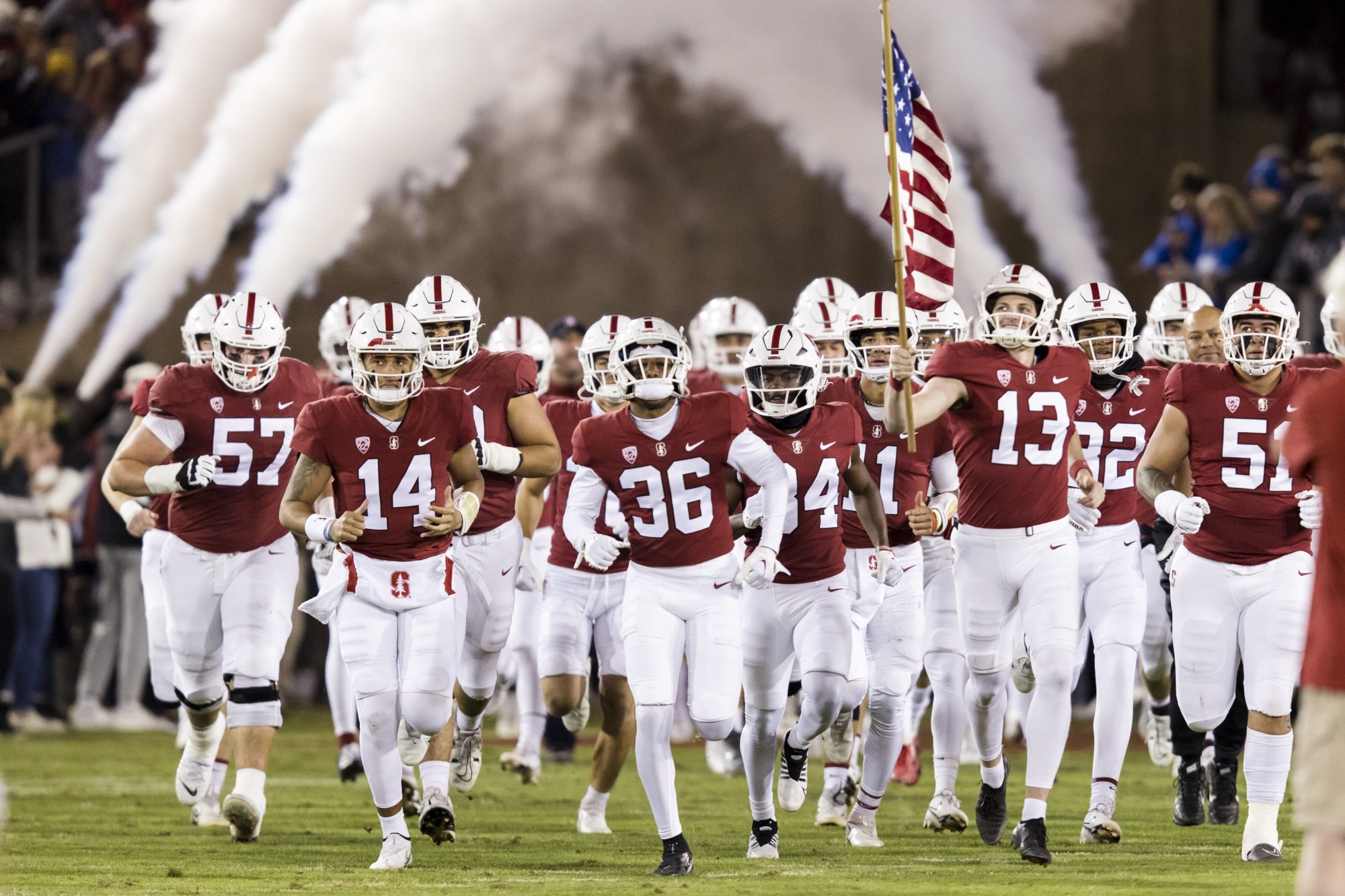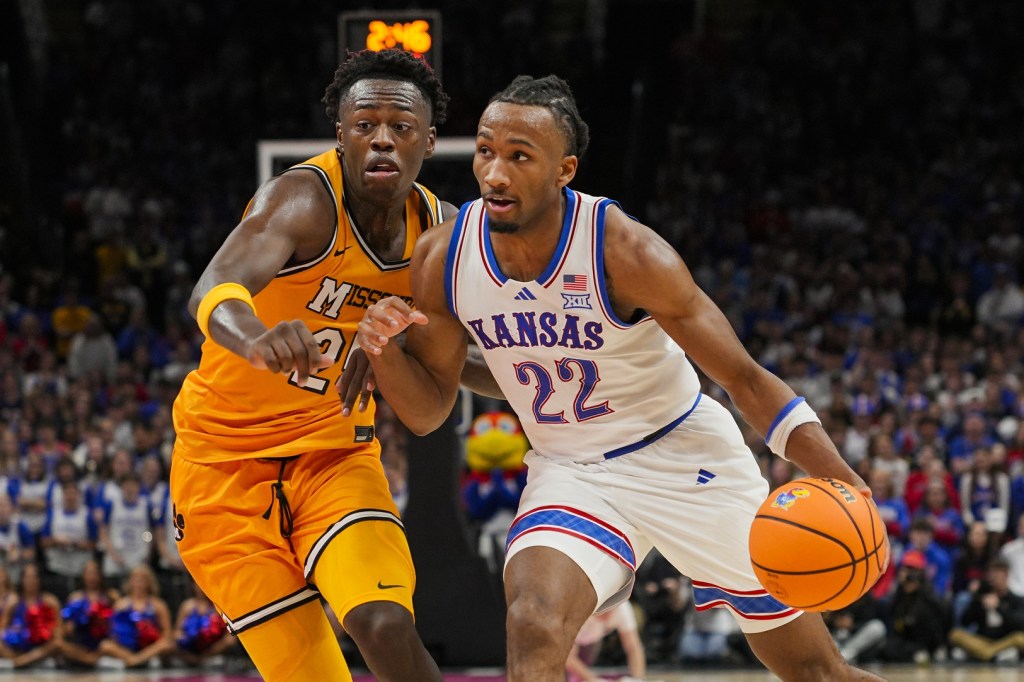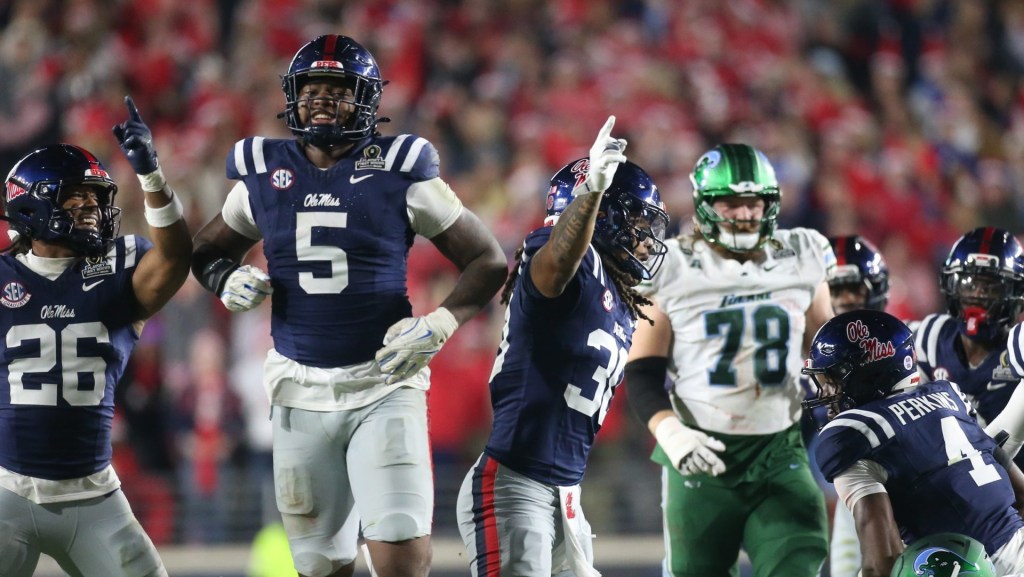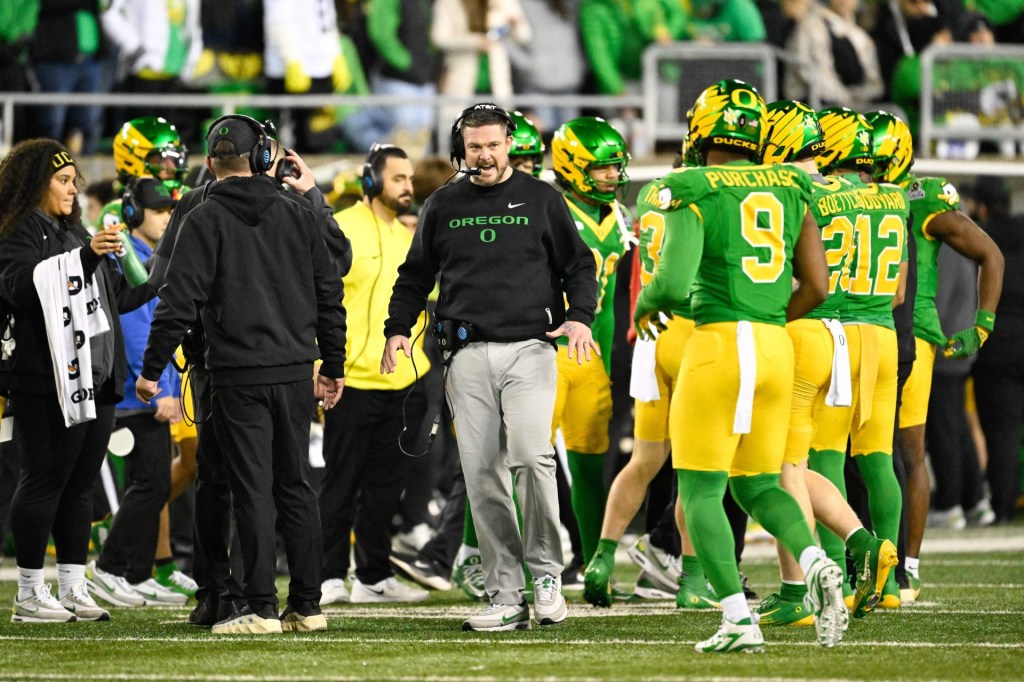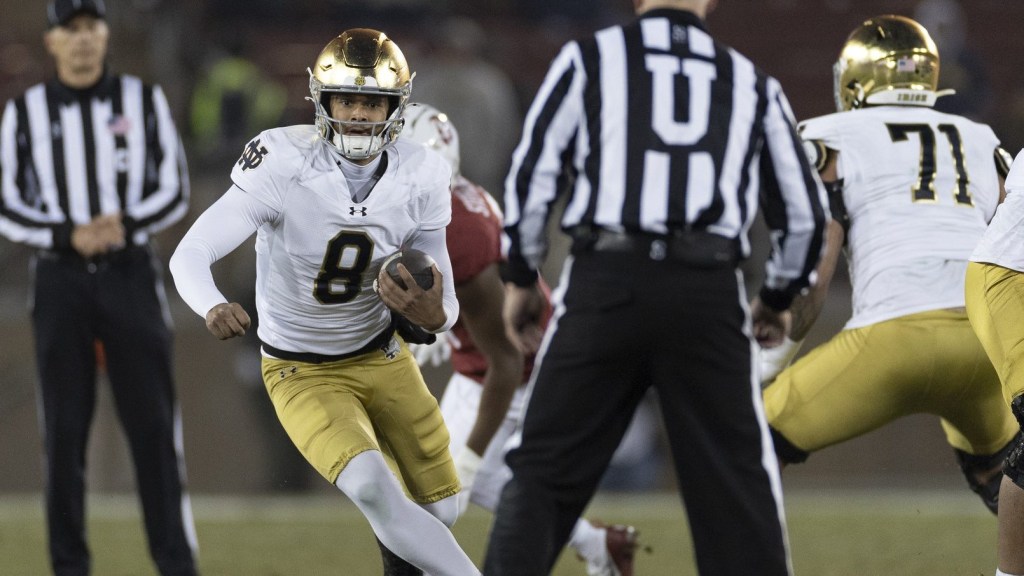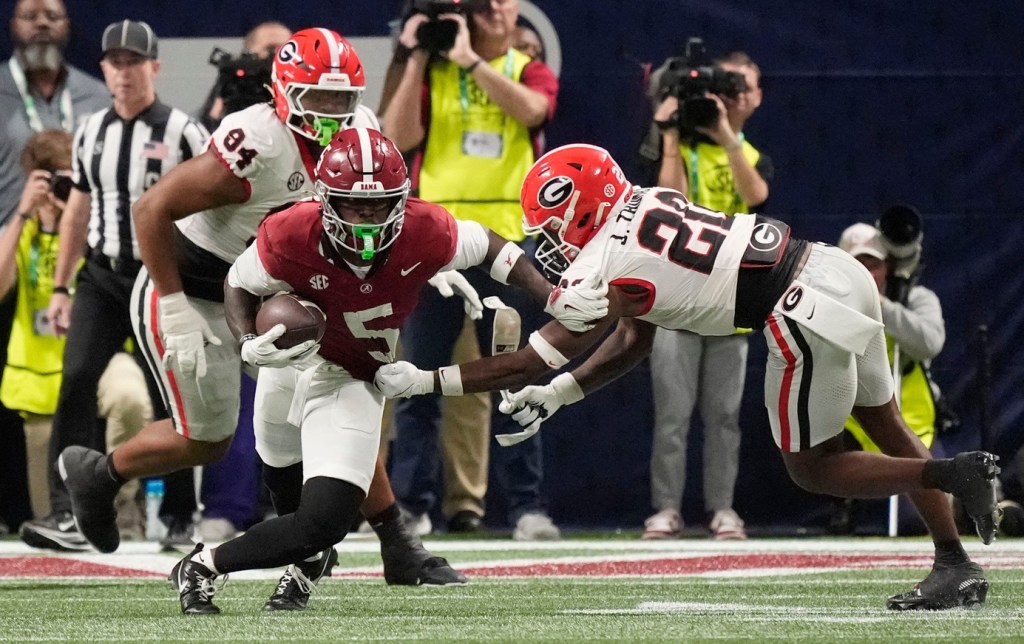The ACC hasn’t yet agreed to offer Stanford, Cal, and SMU bids to the conference — likely because of a lack of financial upside. To increase their attractiveness, Stanford and SMU have reportedly offered to forgo ACC media distributions. That way, the conference could keep that extra media revenue for itself.
These reports suggested that Stanford or SMU could use existing funds like endowments, which total $36 billion and $2 billion respectively, to help fund their athletic departments for several years.
But using that money to join the ACC, even at a reduced rate, may not be possible anyway.
“It’s not a savings account,” UPenn sports finance expert Karen Weaver told Front Office Sports. “It’s not a rainy day fund.”
To Weaver’s knowledge, no major college sports program has ever attempted to use an endowment to fund an athletic department in this manner. The money is “legally bound up in so many different ways,” she said.
Universities spend some of their endowment each year. But they’re incentivized to keep the vast majority in the bank to help with bond ratings and to get favorable terms on loans necessary for improving multiple areas of the university.
Stanford only spends about 5% of its endowment per year, according to university documents, which Weaver said was relatively standard. That’s about $1.8 billion — $425 million of which goes to scholarships and financial aid.
It’s unclear how much of that remaining funding could be reallocated to sports, though. The vast majority of funds are previously earmarked by donors for specific purposes that can’t be changed. In Stanford’s case, 75% of the school’s endowment is already spoken for.
In an act of desperation, a school like Stanford could decide — via a vote by its Board of Trustees — to reallocate some of the funds. But Stanford or SMU would have to agree to do so for up to the next 13 years, which may not be palatable to the boards — or the alumni rich enough to single-handedly fund the transition.
(Cal certainly can’t agree to use its $7 billion endowment fund. The athletic department has $450 million of debt, the most in the country.)
But even if the endowment replaces media distributions, the offer may not be enough.
As of Monday, one report suggested the ACC still lacked the votes to extend invitations to Stanford, Cal, and SMU.
If ESPN agrees to offer “pro rata” rates for the three schools, and at least two totally forgo media distributions, then the rest of the ACC would have an extra $60 million to play with. Split amongst the 14 existing schools, that’s only about $4.3 million extra per school per year — some of which would go toward extra travel costs to the west coast.
